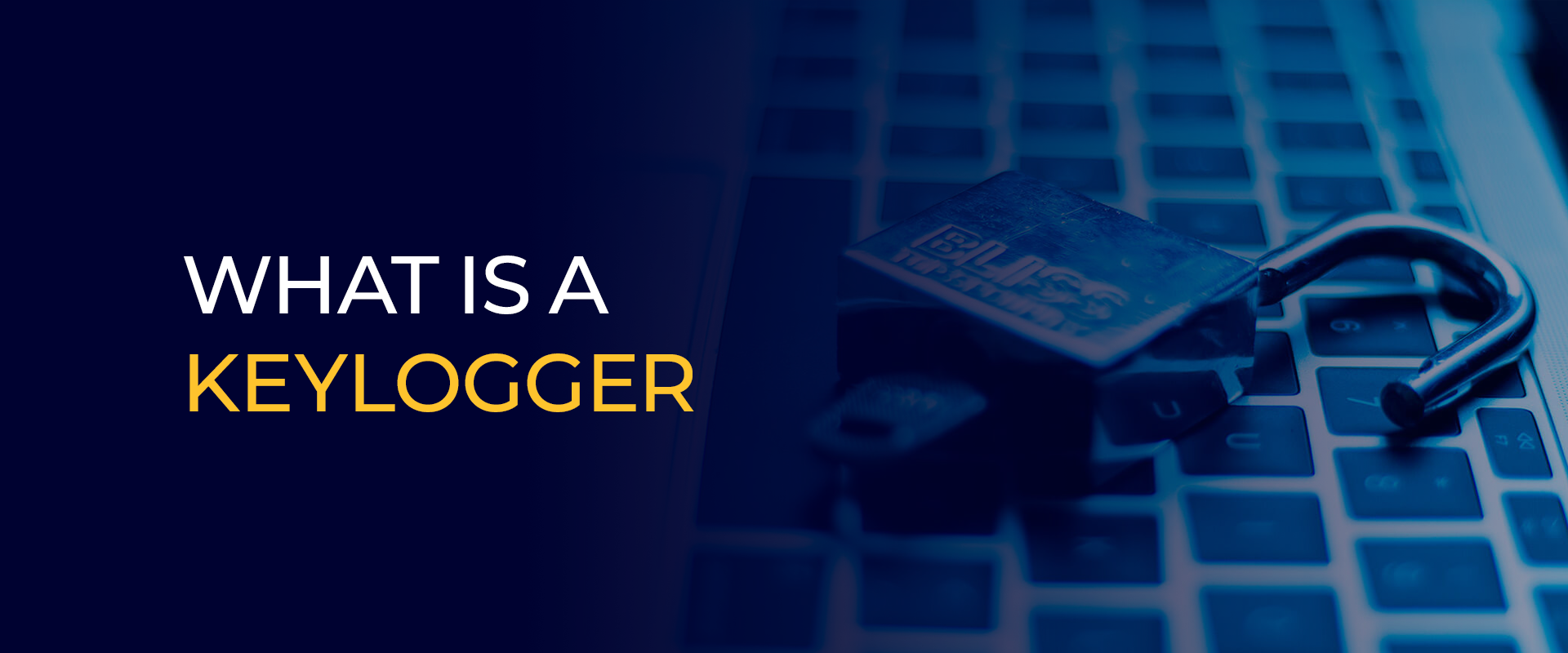Get
93% Off!
on Lifetime Exclusive Deal
Don’t Miss out this deal, it comes with Password Manager Free of cost.
Get 93% off on FastestVPN and avail FastestPass Password Manager FREE
Get This Deal Now!By Christine Margret No Comments 5 minutes
A keylogger is a tool—either software or hardware—that secretly records everything you type on your keyboard. It sends this info to a hacker through a remote server. The hacker can then look through your keystrokes to find things like usernames and passwords, which they use to break into your private accounts or systems.

Keylogger software can sometimes do more than just track your typing—it may also record video or sound using your device’s camera or mic, and even copy text you’ve cut or copied. In this article, we’ll explain what keyloggers are, how to spot them, and how to get rid of them.
Keyloggers are made to catch everything you type on a computer. Hardware keyloggers do this by being physically attached to your keyboard, while software keyloggers work from inside the computer, listening for every time a key is pressed.
Besides just recording keystrokes, some keyloggers can also collect other private information. For example, they might turn on your webcam to record video or use your microphone to capture sound without you knowing.
Keyloggers can be set up in a few different ways:
Malware keyloggers spread just like other types of malware. Some copy themselves and move from one computer to another, while others hide inside what looks like safe software. Some are built into rootkits, which are especially sneaky and hard to detect, even with strong antivirus tools.
Hackers often use tricks like:
More serious attackers, like state-backed hackers or even law enforcement, may use spear-phishing—a very targeted trick that looks personal—to get someone to install a keylogger. They might even get physical access to a device to install one directly.
On the legal side, it’s not always illegal to use a keylogger. For example:
Keyloggers are sneaky and often hard to spot. They don’t always slow down your device or show obvious signs.
Software keyloggers can hide deep in your system and even avoid detection by some antivirus tools. They might look like normal files and can even reinstall themselves.
Hardware keyloggers are physical devices plugged into your keyboard or hidden inside your computer. You usually won’t find them without checking the device physically.
To detect them:
If nothing shows up but your device acts strangely, like using too much battery or data, it’s worth investigating further.
The best way to keep keyloggers off your devices is by using a good antivirus or firewall. But you can also do a few other things to lower your risk.
Using a password manager helps a lot. It creates strong passwords and can fill them in automatically, so you don’t have to type them. Since keyloggers only record what you type, if you don’t use the keyboard, they can’t capture your passwords. Plus, password fields usually show asterisks instead of the actual characters, so even if someone records your screen, they won’t see your real password.
Also, turn on multi-factor authentication (MFA) whenever you can. Even if a keylogger gets your password, MFA adds an extra step that makes it harder for hackers to get in.
Another useful tool is a virtual keyboard. It lets you click on keys with your mouse instead of typing, which keyloggers can’t track. On Windows, you can open it by pressing the Windows key + R and searching for the virtual keyboard.
Lastly, don’t forget to check your hardware connections sometimes. Hardware keyloggers aren’t very common, but they can be secretly plugged in at the back of your computer. This is especially important if you use public computers, where someone might have set up a hardware keylogger before you logged in to your important accounts.
Keyloggers are tricky threats that can quietly steal your personal information. Staying safe means knowing how to spot them and taking steps to protect your devices. By using trusted security software, keeping everything updated, and being careful with what you install or plug in, you can keep keyloggers—and other malware—away from your digital life.
Take Control of Your Privacy Today! Unblock websites, access streaming platforms, and bypass ISP monitoring.
Get FastestVPN
© Copyright 2025 Fastest VPN - All Rights Reserved.
Don’t Miss out this deal, it comes with Password Manager Free of cost.